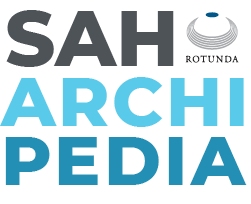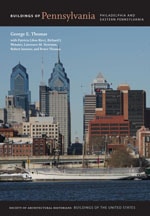
John Fritz came to Bethlehem to build testing labs and to help the Bethlehem Iron Company make the switch to the Bessemer process. When the 1907 collapse of the Quebec Bridge in Canada brought demands for testing full-scale structural components, Lehigh University began planning a facility and put Fritz in charge. After consulting a number of architects, Fritz concluded that his own experience was best suited for constructing what was needed, and he produced a building similar to his previous labs. His rectangular plan contained a high central bay under a gable roof with lower side bays under sloping shed roofs. The basilica-like brick structure was larger than any of Fritz's earlier facilities and housed the world's largest testing apparatus, an 800,000-pound Riehle-screw type machine. Contiguous double-hung windows run along the top of the high bay and wrap completely around the gable ends, encircling the building, suggesting a pleasing Prairie Style architectural quality. A larger and less graceful 1955 buff-colored brick addition eliminated one of the side aisles of the original structure. This addition is centered on a 70-foot-high bay that houses a 5,000,000-pound testing machine, at the time the world's largest such device.

